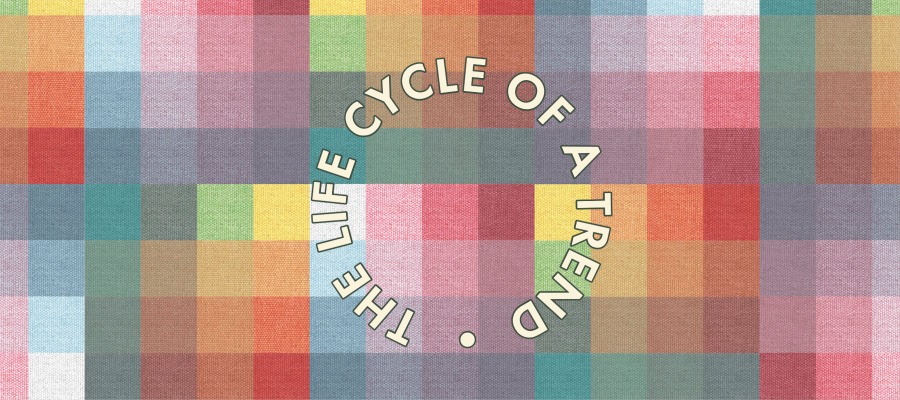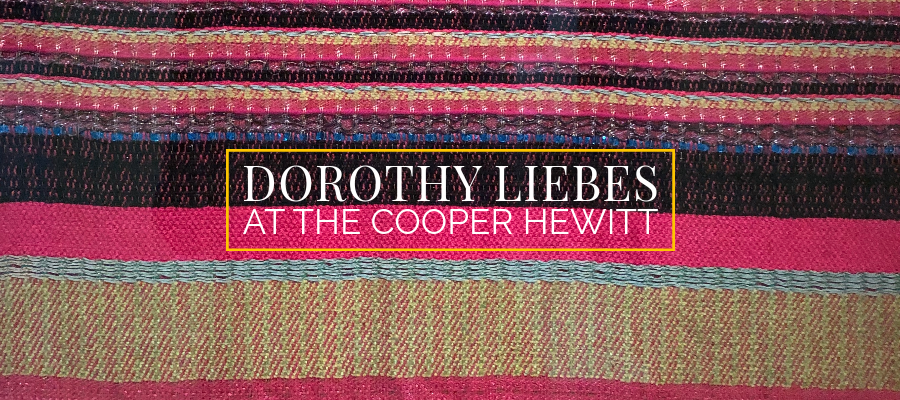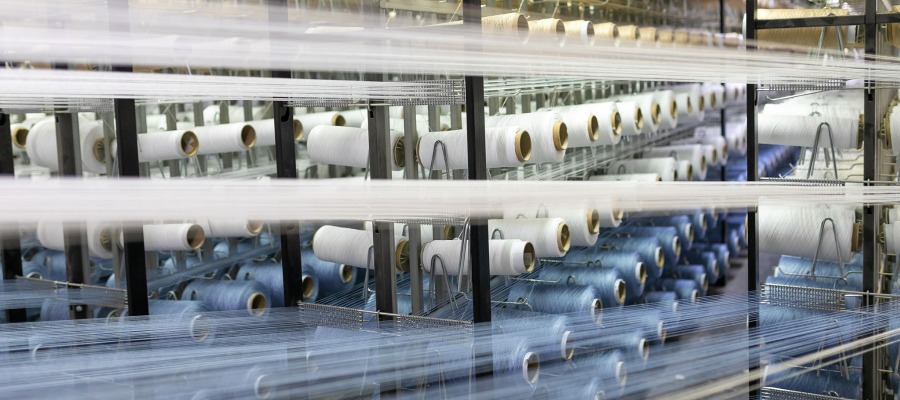
The Life Cycle of a Trend
Trends impact every aspect of our lives. At Design Pool, we are endlessly fascinated by them and their impact on the culture at large. Yet, as the speed of our daily lives has gotten faster, trends seem to be cycling faster too. It got us thinking, how much energy do we need to put into staying up on trends if they move that quickly? Does it still matter? We think that no matter the speed, understanding what is trending is always important for any business. It’s important to look past the flashier fads to focus in on the actual trends. Equally important is understanding the life cycle of a trend.
The life cycle of a trend typically plays out in five stages.
Since all of us buy and wear clothes, it’s safe to say that we all have experience interacting with the fashion industry. So, let’s use fashion as an example of the typical life cycle of a trend.
- Introduction
This is when a new style enters the fashion world. This usually happens at the very high end as part of an haute couture collection. The new style is available in limited quantities at a high price. - Increase
This is sometimes referred to as “fashion acceptance.” This stage is defined as the time a style gains momentum, usually among celebrities, influencers, and fashion leaders. As more people begin wearing it, and getting photographed in it, it gets labeled as a trend. Retail stores take this as a signal to begin carrying the style. - Peak
This is when a trend is at full saturation. Most retailers are carrying it, and the style has been replicated by cheaper fashion brands exposing it to a wide range of price points. At this point, regular people and everyday consumers are wearing the style. - Decline
During this phase, the trend has become wildly popular and saturated the market. Yet at the same time, people start to get bored. During the decline, fashion-forward consumers start looking for the next new trend. - Obsolescence
This is the end of the cycle. At this point, fashion-forward consumers are already in the introduction phase of the next trend. Many would consider the style outdated, even those not super fashion conscious. Yet, obsolescence doesn’t signal the style is gone forever, just for now. Styles inevitably return years or decades later and start the cycle all over again.
But not every industry operates the same.
The commercial interior market definitely does not cycle through trends as quickly as the fashion industry. Nor do you see the quick rise and fall of fads at the same pace you do in fashion. Trends move much more slowly in residential and commercial interiors, and slower still in automotive interiors. However, there are always subtle shifts happening to keep products fresh and exciting. Depending on the industry, it may not be necessary to be at the forefront of a trend, embracing it during the introduction phase, but being oblivious to it will only have you playing catch up down the road.
Share this post
Author
DESIGN/COLOR TRENDS AND AWESOME INFORMATION IN YOUR INBOX
Sign up for our monthly trend letter







